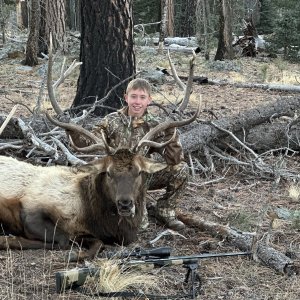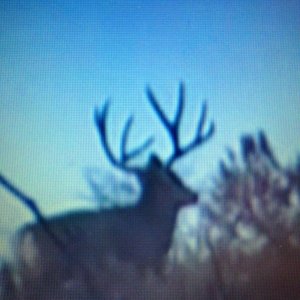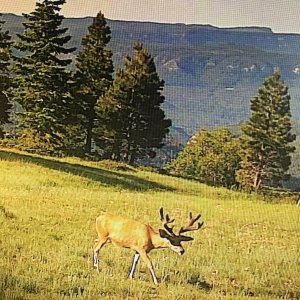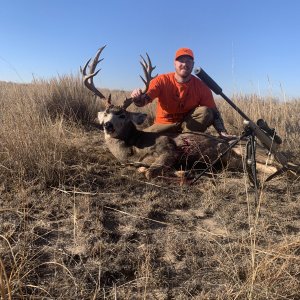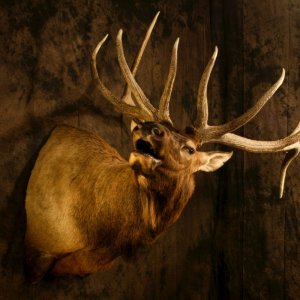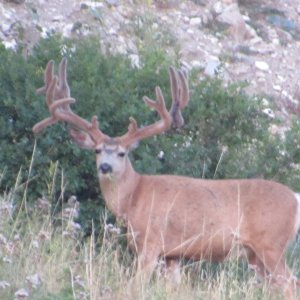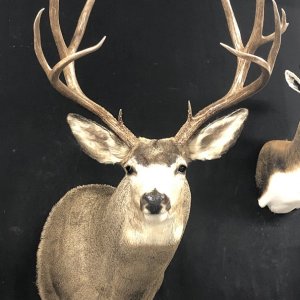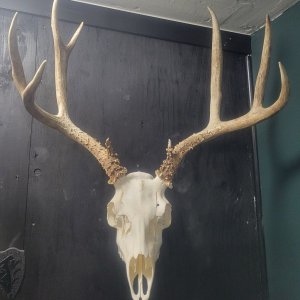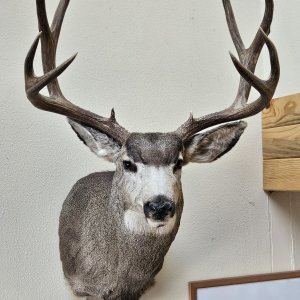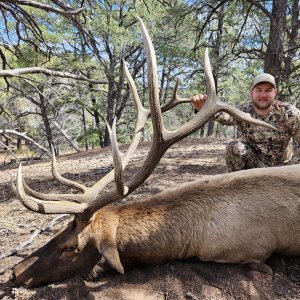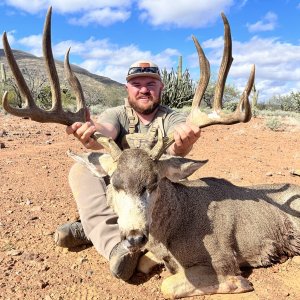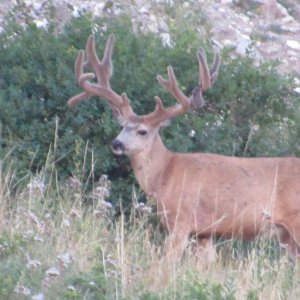LAST EDITED ON Jul-24-12 AT 01:05PM (MST)[p]I've tried to capture what I think the relevant bits of information are in assessing how good a chance one has in drawing a tag. This should hopefully clear it up a bit (or make it clear as mud!)...
Utah: Bonus/Preference. 50% of tags go to applicants with the most bonus points. 50% go to a random draw for all applicants where your name is entered an additional time for each bonus point you have. Everyone?s first choice is awarded before anyone?s second. If only one tag is available, it goes into the random drawing.
New Mexico: No Bonus/Preference. If your name is drawn, your first choice will be looked at. If this is full, your second choice will be considered before the next applicant's first choice, on and on for all three choices. In other words, all of your choices matter. Do not put a 4th or 5th choice.
Arizona: Bonus/Preference. 20% of tags go to the applicants with the most bonus points (resident and non-resident). The remaining 80% are available in a random draw where each bonus point gets you another name in the hat. Non-residents can only take 10% of the total quota (max point pool and regular pool). Non-residents can only draw in a unit with more than one sheep tag, and are limited to 50% of the quota or two tags, whichever is less. Your first two choices on an application matter (if you are drawn and your first choice is full, your second is considered before the next applicant's first choice).
Oregon: Preference (Deer, elk, antelope). 75% of tags go to the applicants with the most preference points. 25% of the tags go to the remainder of the applicants without preference to points. If there are less than 4 tags, they will go to the applicants with the most points (no random draw). There is no preference point system for sheep tags. A maximum of 3% of antelope tags and 5% of elk and deer tags will go to non-residents. No less than 5% and no more than 10% of sheep and goat tags go to non-residents (roughly 5-10 sheep tags per year to non-residents).
Idaho: No Bonus/Preference. Everyone?s first choice is considered before anyone?s second. A maximum of 10% of tags go to non-residents. In units with less than 10 tags, one may go to a non-resident. You can only apply for elk, deer, and antelope or sheep, goat, and moose.
Colorado: Preference point. Colorado is a true preference point state. Applicants with the most points are given a tag. If there is a ?tie? in preference points and there are more applicants than tags, the applicants with the most points go into a random draw. Everyone?s first choice is considered before anyone?s second is considered. For sheep, moose, and goat it's a little more convoluted. You need three preference points before you are even considered for a license. Once you have three preference points, a weighted bonus point system takes over (I'm not exactly sure how it works). Residents are limited to 35% of the total elk and deer tags and 10% of the total sheep, moose, and goat tags.
California: Preference. 90% of tags for deer hunts go to the applicant with the most points, 10% go to a random drawing with no preference. For zones with less than 10 tags, one tag may be issued in the random drawing. 75% of the elk, sheep, and antelope tags are awarded to applicants with the most points, the remainder go into the random draw. For units with less than 4 tags, one tag will be issued in the random draw (whether the unit has one, two, or three tags available). No non-resident quota exists. Your first choice on the draw is the only one that matters.
Nevada: Bonus. Nevada squares bonus points for every species you apply for. If you have 9 bonus points and then apply, your name will go into the hat 82 times. No preference is given to pointholders beyond that. All five hunt choices are considered before moving on to the next applicant. Nevada has separate tag numbers for non-residents and residents and, therefore, they are in a different pool.
Washington: Bonus. Like Nevada, Washington squares bonus points for every species you apply for. No preference is given to pointholders beyond that. All four hunt choices are considered before moving on to the next applicant. No non-resident quota exists.
Wyoming: Preference. 75% of all tags go to the applicants with the most points, the remaining 25% go into a random draw. For units with less than four tags, there is no random draw. Everyone?s first choice is considered before anyone?s second. In addition, there is a special license for elk and deer and a regular license, where 40% of the license pool is reserved for the special license (more expensive) and 60% for the regular license. The same 75/25% split applies to both the regular and special pool. Lastly, roughly 15% of all elk tags and 20% of all other species? tags go to non-residents. To see how this works, if a unit has 100 tags, 15 of them would go to non-residents. Of that 15, 6 would be reserved for the special pool, and 9 would be for the regular pool. Of those 6 tags in the special pool, 4.5 (not sure if it's 4 or 5), go to individuals with the most points, and the remaining licenses (1 or 2) go into the random draw for the special pool. Same thing for the 9 in the regular license pool ? 6.75 go to those individuals with the most points (6 or 7 tags), and 2 or 3 tags go into a random draw. In this example, you can see how even with 100 total tags in a unit, you may only be eligible to draw 2 or 3 of them.
Montana: Bonus points for sheep, moose, and goat and for the special deer and elk units. Preference points for the general deer and elk. To draw a special deer or elk unit (limited entry), you need a general tag. These are awarded on a preference point system, with 75% of general tags going to applicants with the most preference points and the remainder in a random draw. Once a general tag is draw, special units are decided under a bonus point system where your bonus point for that species is squared. You may draw a general tag without a special tag, but not vice versa. Everyone?s first choice is considered before anyone?s second. Sheep, moose, and goat also operate off a bonus point squared system. Non-residents are essentially limited to 10% of the total quota.

